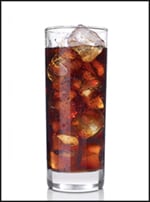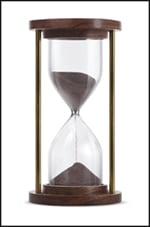Managing Dental Erosive Tooth Wear: Current Understanding and Future Directions
Course Number: 517
Course Contents
Risk Assessment for ETW
The risk assessment should consider all risk factors and include asking patients if they are aware of any tooth wear, or have sensitive teeth. The risk assessment includes determining dietary habits; oral hygiene regimens, the presence of gastroesophageal reflux (GERD) symptoms, eating disorders, xerostomia, and whether the patient is a lactovegetarian, taking acidic medications, or occupationally at risk (e.g., wine tasters, professional swimmers). Several factors influence the rate of progression and extent of erosive lesions and must be considered during the risk assessment. These factors (Table 5) include the frequency, amount, and duration of exposure to erosive acid challenges, such as a high consumption of carbonated drinks, acidic fruits and vegetables, drinking alcohol, the manner in which acidic agents are consumer, e.g., holding or swishing acidic drinks in the mouth which prolongs contact; and, having acidic drinks at night when salivary flow is low. 78-81
Table 5. Key Risk Factors Influence the Rate of Progression and the Extent of Erosive Lesions.
| Key Risk Factors Influencing the Rate of Progression and Extent of Erosive Lesions | |
|---|---|
| Frequency of consuming erosive acid containing beverages |  |
| Duration of erosive acid exposure |  |
| High consumption of acidic fruits and vegetables |  |
| Drinking alcohol |  |
| The manner in which acidic agents are consumed |  |
| Having acidic drinks at night when saliva flow is low |  |

